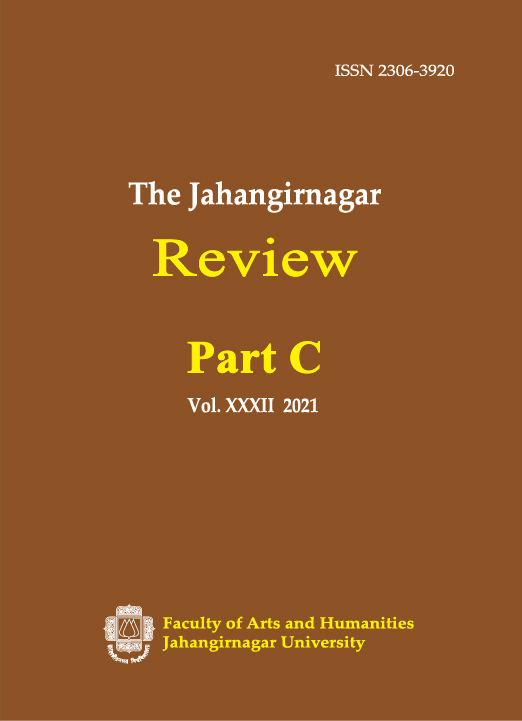Monitoring of Urban Growth on Archaeological Landscape A Case Study of Cultural Heritage Sites at Lalmai-Mainamati Region, Bangladesh
Main Article Content
Abstract
The urbanization process directly impacts Cultural heritage sites because of population increase, migration, and infrastructural developments. After the establishment of Comilla University (2006), this process rapidly increases and affected regional architecture. This study intends to track the urbanization process' development dynamics over the past fifteen years in the Lalmai-Mainamati region and assess how it has affected the region's archaeological landscape and built heritage. Numerous significant archaeological sites and structures can be found in this vast area, and some of them are even included in the UNESCO list of world-built Heritage Sites. The Lalmai-Mainamati region's designated monuments have been mapped using GIS and remote sensing methods, and changes in land use over time between 2007 and 2022 have also been recorded. The final findings showed that the urban areas in the Lalmai-Mainamati region have grown significantly over the past 15 years, and as a cause, substantial density is predicted on the archaeological landscape located in the urban region.

